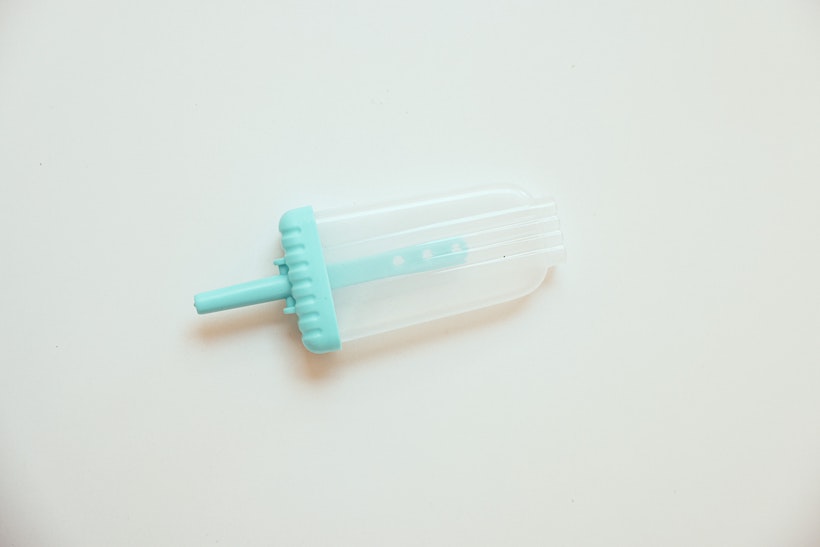
Thermoplastics are a type of plastic that can be thermally formed and reshaped multiple times without losing its properties. They are widely used in industry due to their unique properties, which make them very versatile and cost-effective materials for many applications. These properties include strength, flexibility, durability, recyclability, low weight, chemical resistance, and electrical insulation capabilities.
As a bonus, you can also obtain textured thermoplastics so that your product or packaging looks good in addition to featuring all of the above properties. There is much to get excited about in the world of thermoplastics.
In this article, we will look closer at the properties that prove helpful to various industries.
Strength
Thermoplastics are highly durable and resistant to impacts, scratches, and wear. This makes it the ideal choice for products that need to be strong and long-lasting such as car bumpers, protective helmets, or sports equipment.
A material without its strength comes with limitations but we do not have to say this about thermoplastics due to its many practical purposes.
Flexibility
The flexibility of thermoplastics allows them to be formed into complex shapes. This makes them a perfect choice for intricate components used in machinery and manufacturing processes.
Whatever material we work with it needs to be capable of forming into what we need and without too much trouble because time and effort spent is a cost to any industry and manufacturing business.
Durability
Thermoplastics are resistant to environmental factors such as corrosion and UV radiation, making them suitable for outdoor applications.
This, therefore, creates a solution for using them outdoors as well as inside a building. Many items that we use in everyday life are used outside and we need to consider this when thinking about what they are made from.
Recyclability
In addition, thermoplastics can be made from recycled materials and can be recycled multiple times. This makes the material an ideal choice for sustainable manufacturing processes.
It is always important to think about the environment for future generations. As well, our customers will want an eco-friendly solution to the manufacturing process and resulting material. This makes it more marketable and something good for everyone’s reputation.
The issue of climate change is not going away and it is for every manufacturer to embrace it cost-effectively. To have come up with a solution such as thermoplastics is a large step in the right direction and something that will only make the product even more popular.
Low Weight
Thermoplastics are lighter than many other traditional materials, making them suitable for components that require less weight such as aircraft parts and automotive components.
There are many situations where a part does not need to be too heavy yet still maintains its durability.
Chemical Resistance
Another factor to consider is that thermoplastics are highly resistant to many chemicals, making them ideal for use in laboratories, and medical or food-grade applications.
When looking for a container for their product many will look to thermoplastics to provide the answer. We have to think about how it will react to what is inside. The last thing we want to do is spoil its contents and make it impossible to then sell. Worse still, create an undesirable or potentially harmful chemical reaction. Choosing the right packaging is all about protecting our product and others from harm.
Electrical Insulation
Excellent electrical insulation properties can be found in thermoplastics. This is why they are used as insulators for various applications such as circuit boards.
This is yet another use that expands the use of this manufacturing wonder. It must, therefore, be time to get behind this option whether you are into the manufacture of products or their distribution.
Conclusion
Thanks then to their unique properties, thermoplastics are widely used in various industries for a range of applications.
It pays to do your research when your product can benefit from a new material in its design, or instead, be protected by a particular product choice. Also, think about how that might look aesthetically in terms of presentation in addition to how practical the material used is.